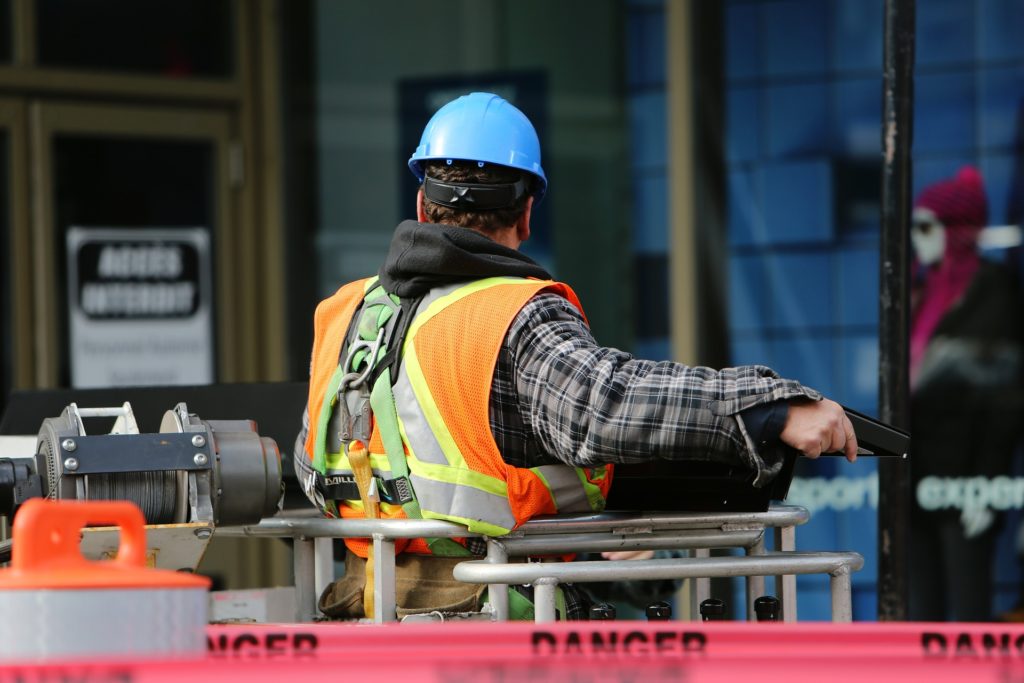The definition of sustainable construction varies from region to region. As a field of study, the term continues to evolve to reflect a variety of priorities and approaches. To understand what is meant by “sustainable construction,” it’s important to have a clear understanding of what is meant by “sustainable” and how to achieve it. This article offers an overview of some key concepts. It will also help you decide what kind of sustainable construction best suits your needs.
When constructing a new building, a business must consider the impact on the environment and social equity. Sustainability is important for the health of the community and the economy, and should be considered throughout the entire life cycle. Increasing urbanization makes sustainability even more critical, but incorporating it into a project is not a simple process. Using sustainable construction practices will help you meet your goals and reduce your carbon footprint, which is good for the environment.
In order to be a successful sustainable construction firm, you must consider how many steps the project will require, starting with the planning process. Then, you need to consider the design and construction process. You should look for a software solution that reduces waste, cuts down on rework, and helps the environment. For example, a billion-dollar Canadian general contractor, Graham Construction, uses the sustainable construction management application Fieldwire, and it saved the company $35,000 on a single project.
While it’s not possible to change the entire industry overnight, you can make changes in your daily routine to reduce waste and make your project more sustainable. There are two simple steps to do this: first, focus on how to use energy-efficient materials and equipment. Second, focus on how you build your project. By reducing waste, you’ll be creating a better environment for future generations. This will lead to improved quality of life and an increased chance for job satisfaction for your team.
As the earth’s population continues to grow, sustainable construction becomes more important. The United Nations’s Sustainable Development Goals have been adopted as a blueprint to change the way the world builds. By promoting green and sustainable methods of construction, the world is taking a giant step toward a healthier future. These goals can be achieved with a little effort and commitment. If you’re in the market for a sustainable building, you can’t go wrong. If you want to make a difference for the environment, start small.
The TARSHEED rating system is not widely applied in Egypt, but it is being used in many other countries. Its three main categories are energy and water. It is not possible to apply the LEED rating system to Egypt due to cultural differences. Therefore, it’s important to select a sustainable construction standard. It will be beneficial for both you and the environment. The TARSHEED system is an excellent choice for new construction. The standards are universal and should be applicable to any building anywhere in the world.
The TARSHEED rating system only addresses three categories. It fails to consider other factors such as health and environmental sustainability. There are a number of international sustainable rating systems that prioritize these parameters in buildings, such as LEED for residential buildings and ANSWEED for commercial buildings. But these rating systems only address the first two criteria in new construction. The fourth category is energy efficiency. In both, the TARSHEED system promotes energy and water conservation.
Architects play a crucial role in sustainable construction. They are largely responsible for the sustainable performance of the industry. Manufacturers provide products that meet consumer preferences and regulatory standards. In addition, many manufacturers gain competitive advantages by producing and marketing sustainable products. For example, the latter’s products are environmentally friendly and produce less waste, and a sustainable building may use 30% fewer materials than a conventionally built one. The third step is to choose a supplier who is eco-friendly.
The construction industry has long been accused of being slow to adapt to new technologies. Fortunately, the construction industry is changing quickly. By incorporating sustainable practices into all phases of a project, it can save money and energy and make the building more valuable. Moreover, this will result in lower operating costs and a more attractive property value. There are a number of benefits for these buildings, and many people are already seeing the benefits of building green.



